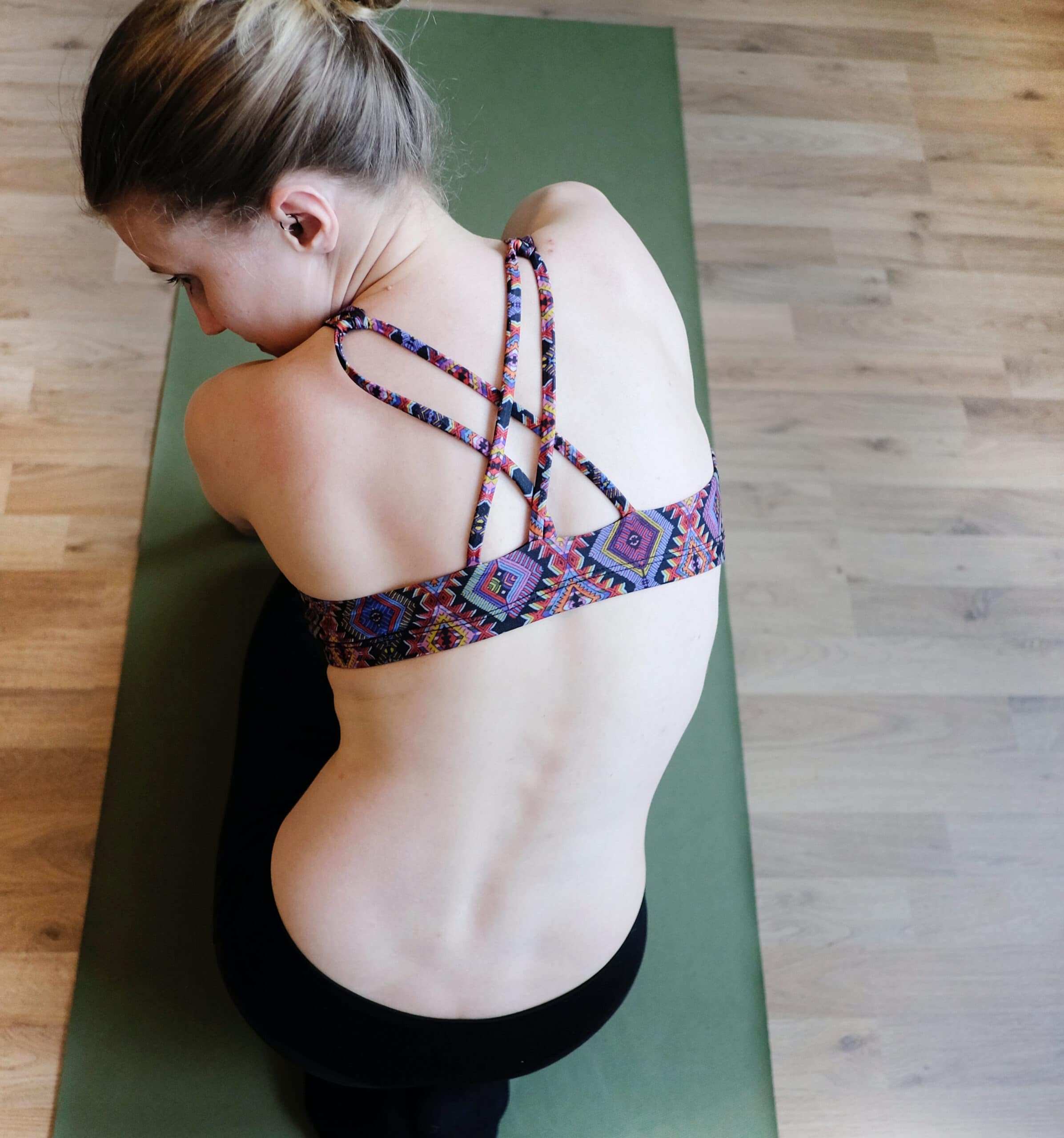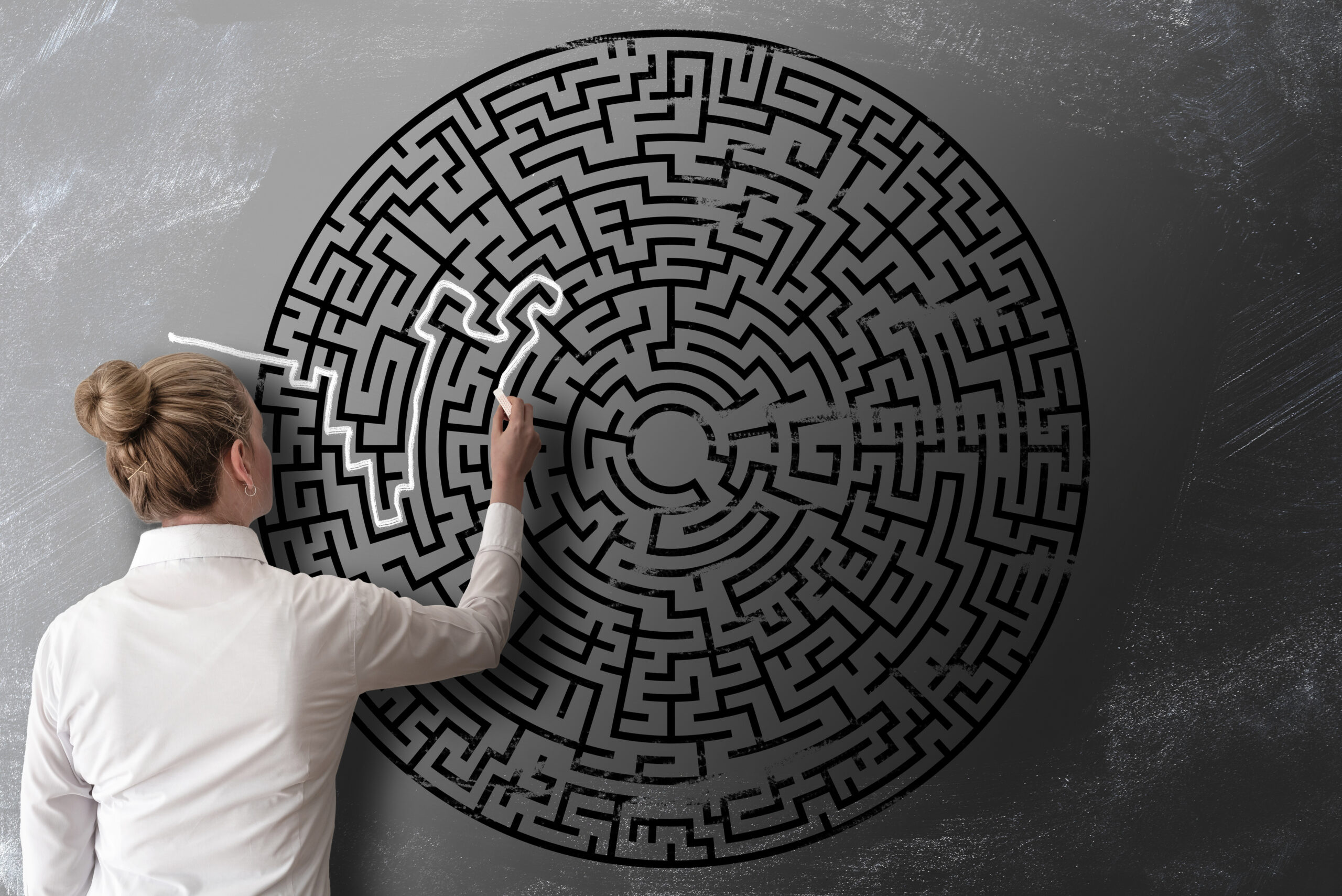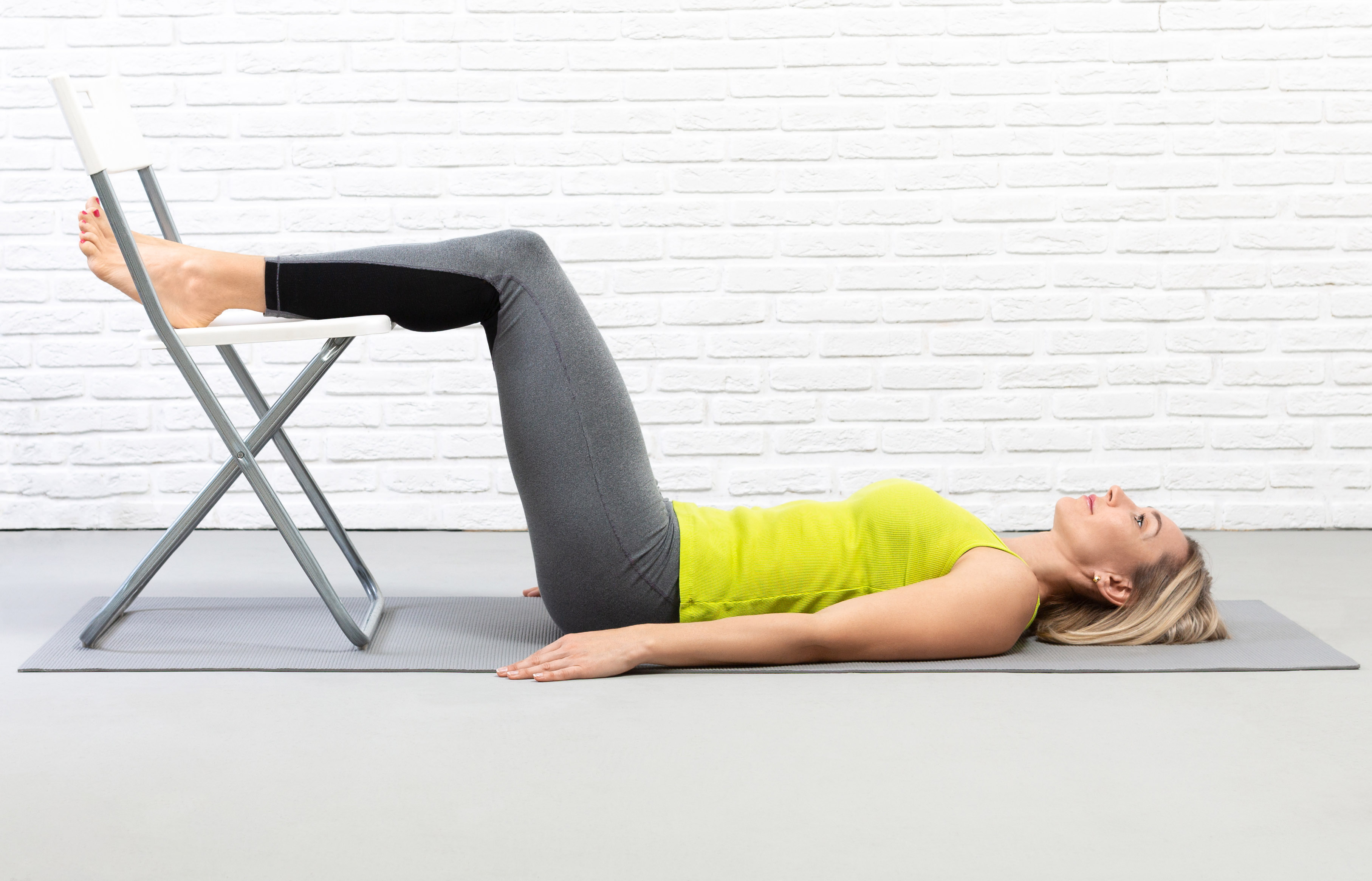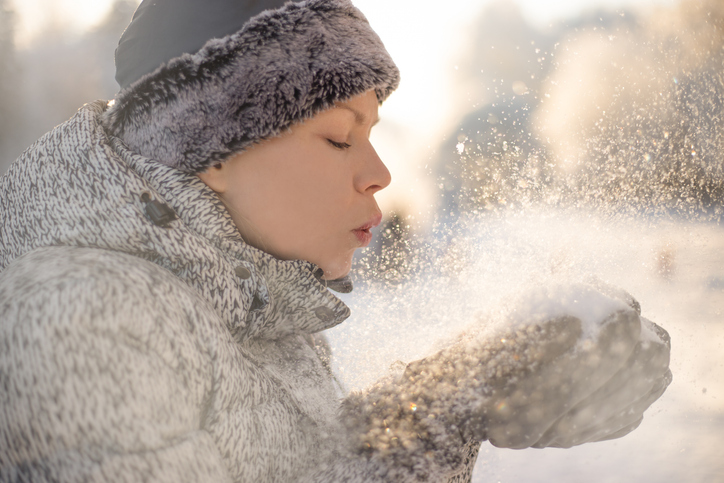Best self-improvement-Constructive Conscious Control of the Individual

The best self-improvement for your well-being is Constructive Conscious Control
In the realm of self-improvement and personal growth, one concept that stands out is the Constructive Conscious Control of the Individual. Developed by philosopher and educator F. Matthias Alexander, this idea encompasses the power of our conscious mind to shape our actions, habits, and overall well-being. It offers a best self-improvement path to unlock personal transformation and embrace a proactive approach to life.
Consciousness is still a relatively unknown area of human functioning in scientific research. One concept that has just emerged from researchers at Trinity College Dublin is that our brain uses quantum computing and quantum entanglement to operate in the way it does. FM Alexander was studying and researching the influence of conscious awareness on movement, posture and balance. Out of that research came the Alexander Technique. Alexander’s research was far ahead of its time.
Understanding Constructive Conscious Control
Constructive Conscious Control of the Individual refers to the deliberate use of our conscious awareness to direct our thoughts, movements, and responses in a constructive manner.
It is about gaining mastery over our habits, reactions, and overall behavior. By recognizing the influence of our thoughts on our physical actions, we can develop greater self-awareness and control.
“The key to growth is the introduction of higher dimensions of consciousness into our awareness.” – Lao Tzu
Building Self-Awareness
Constructive Conscious Control begins with self-awareness. By observing ourselves in various situations, we can identify patterns of behavior that may be hindering our progress. It involves paying attention to our thoughts, emotions, and physical sensations, and understanding the interconnectedness between them. With practice, we can develop a heightened sense of self-awareness, allowing us to catch ourselves in moments of automatic reactions and consciously choose more constructive responses.
Your perception will become clear only when you can look into your own heart. Who looks outside, dreams; who looks inside, awakes.” – Carl Jung
Intentional Action and Habit Formation
With an increased level of self-awareness, we can consciously choose our actions and responses. Constructive Conscious Control encourages us to act intentionally rather than reacting impulsively. It involves setting clear intentions, aligning our actions with our values and goals, and making deliberate choices. By consistently practicing constructive actions, we can reshape our habits and create positive changes in our lives.
Transforming Challenges into Opportunities
Constructive Conscious Control teaches us to view challenges as opportunities for growth and learning. Instead of succumbing to negative emotions or becoming overwhelmed, we can consciously choose how we respond. By focusing on constructive thoughts and solutions, we can navigate through difficulties with resilience and creativity. This approach empowers us to transform obstacles into stepping-stones toward personal development.
“The privilege of a lifetime is to become who you truly are.” – Carl Jung
Constructive Conscious Control of the Individual offers a powerful framework for personal transformation. By cultivating self-awareness, intentionally directing our actions, and transforming challenges into opportunities, we can shape our lives in a constructive and purposeful way. Embracing this concept allows us to become active participants in our own growth, unlocking our potential and creating a more fulfilling existence. Conscious Constructive Control really is the best self-improvement pathway that a person can choose.
Picture shows development of neuronal assembly (consciousness is the development of greater complexity in the human brain after Greenfield, Susan Oxford) from birth to 2 years.
Alexander Technique Lessons
Take this opportunity to start lessons in the Alexander Technique with Michael Shellshear. Michael has been teaching people Alexander Technique since 1991. His depth of experience and knowledge will provide you with a unique learning experience.
-

Does Alexander Technique help back pain?
Chronic back pain can be effectively managed by employing Alexander Technique skills. Pain sufferers not only experienced reduction in pain days but...
-

Is Alexander Technique Quackery?
Is Alexander Technique Quackery?If you are developing an interest in Alexander Technique, it's good to gather information and understand what it is...
-

Alexander Technique and scoliosis
Alexander Technique is an invaluable tool for anyone who suffers from scoliosis. Conventional treatment involves the sufferer wearing a brace....
-

Alexander Technique for Back Pain.
If you have pains in your back, legs arms and neck that won’t go away, you are not alone. Over 4 million people in Australia or (16% of the...
-

The Alexander Approach
The Alexander approach to human functioning. The Alexander approach to teaching provides you with the opportunity for making choice within your...
-

What is the Alexander Technique semi-supine position?
This person is doing an Alexander Technique procedure called the 'semi-supine'. Some people call this the 'Rescue Position'. It's called the Rescue...
-

Use your hip joints to avoid back pain
Did you know that the most common type of back pain, suffered by people, is lower back pain? If you have lower back pain, it's a red flag that...
-

Sciatica self-regulation with Alexander Technique.
Alexander lessons can assist you to manage sciatica. Sciatic pain happens when inappropriate pressure comes onto the sciatic nerve. The causes can...
-

Yoga and semi-supine
In yoga it’s called “savasana”. In Alexander Technique it’s called “semi supine” or “constructive...
-

Manage your herniated disc
It’s called a “slipped disc”, a ‘bulging disc” or a “herniated disc”. It means pretty much the same...
-

Alexander Technique and breathing
The Alexander Technique presents a holistic approach for improving posture, movement, and overall well-being. Developed by F.M. Alexander in the...
-

Best self-improvement-Constructive Conscious Control of the Individual
The best self-improvement for your well-being is Constructive Conscious Control In the realm of self-improvement and personal growth, one concept...
-

Chronic Pain-using Alexander Technique to manage pain conditions
Alexander Technique for chronic pain The Alexander Technique is an educational method, not a health-care intervention. Alexander teachers do not...
-

Backsaver | use a Backsaver cushion for a comfortable semi-supine
The semi-supine is a procedure that is recommended by Alexander Technique teachers around the world. It involves lying on a firm surface, having the...
-

Alexander Technique and Posture
Achieve Better Posture with the Alexander Technique Who wouldn't like great posture? After all posture reflects who we are, our mood, our...














